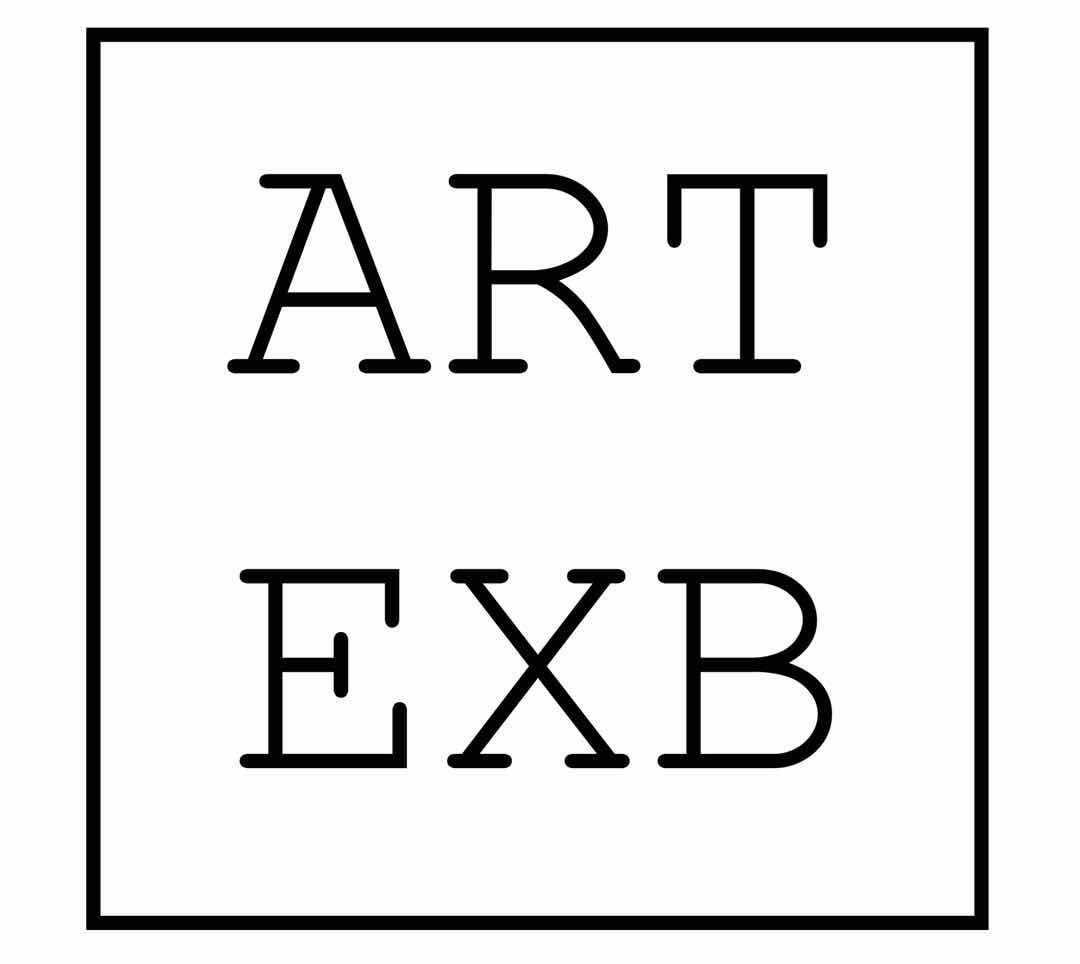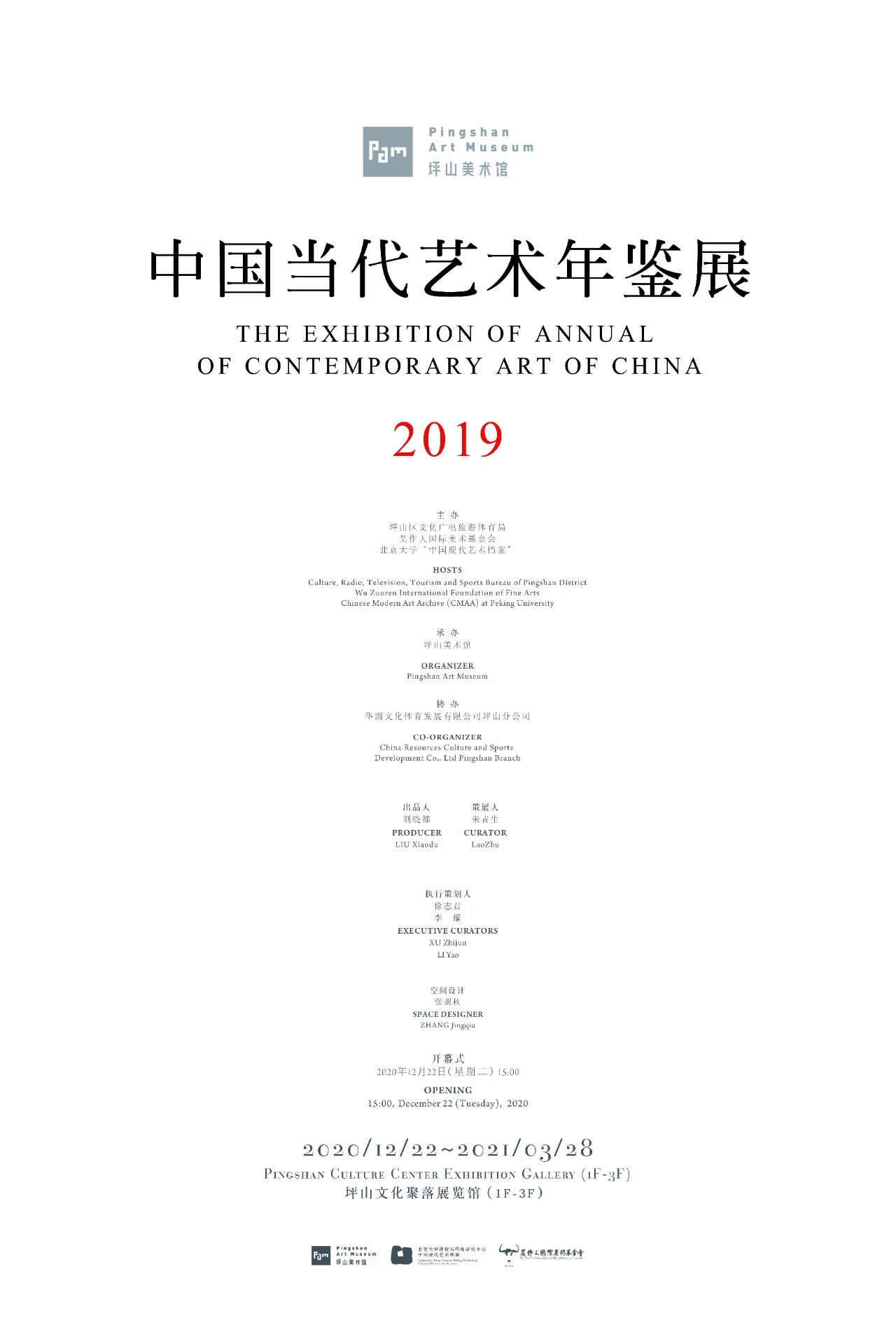Contemporary art coexists and crosses paths with another two kinds of Art in China, i.e. traditional art that champions traditional Chinese painting and shufa in traditional styles, and the academic school of fine arts represented by Western oil painting and sculpture in classic styles. Traditional Chinese painting and Western oil painting epitomize traditional/classic approaches. In 1979, the same year when the municipality of Shenzhen was founded, contemporary art surged in China, a child of the Open and Reform era. In its incipiency, contemporary art in China was being addressed as “explorative art”, “the avant-garde”, “pioneering art” or “modern art”. Since 2000, the way to address it gradually changes to “contemporary art” or “experimental art”.
Being a specific stage in the trajectory of artistic development, contemporary art is defined as “contemporary” not in temporal terms, as classic art can also be described as “contemporary” in its immediate timeframe. When applied in the term “contemporary art”, the “contemporary” connotes revolutionary transition of the very nature of Art that defines a kind of New Art. This kind of Art challenges universal standards and norms applied to guide both creative practices and reception of Art. It questions the very nature of Art and all that goes beyond. Its approaches are original to an unprecedented extent, and its creativity lies not only in art forms, artistic approaches and ideas, but more fundamentally, in expression of values of humanity generally couched in Language. Although rooted upon humanity like arts from the past, contemporary art had originated in response to the onslaught of Modernity, hence features Modernity that is Janus-faced. On one hand, it directly engages with reality by way of social criticism, explore the world and solve problems by way of experimentation. Independent critical thinking and hope for liberty make contemporary art into a kind of spiritual testimony to mankind’s emancipation. On the other hand, it critically reflects on Modernity to reveal what induces human alienation and how the relations between humans and environment, selfhood, and the Other, as well as humans’ belief in History, political ideals and worldviews in the reality world have all been fractured during the course of modernization. Today, in the wake of new media and new technology, the future prospect of humanity and crises that go along with it become a focus of contemporary art. Not a natural stretch of traditional/classic art, contemporary art features “anti-tradition”, which means to face up challenges unflinchingly but not to destroy tradition. The aim is to preserve traditional heritage, safeguard human culture, explore and bring on a brighter future. Concurrent with the trajectory of modernization, contemporary art had first originated in the West. Its current progress signals the civilization development and economic status of a culture or region, as well as the critical spirit and creativity of a people. Therefore, contemporary art also works as a driving force for pursuing ingenuity of human existence and economic development, a stimulus for modernization. Ever since China stepped onto the Open and Reform era, contemporary art in China has been documenting the progress of China as a Nation, also constitutes a unique aspect of contemporary art in the world. Hence the Chinese Modern Art Archive and Annual of Contemporary Art of China must be in place and the Exhibition on the Annual is highly necessary.
The Exhibition presents China’s contemporary art in 2019 through documents and images. It displays works by 107 artists and showcases their creative practices. Works by 24 artists & artist groups are being shown in the original at the Pingshan Art Museum. If artists, theorists and activists can all be engaged in contemporary art by way of documentation, assessment and research, people can then know about the changes taking place in China, with regard to mentality, psychology, ability and morality. More than just about Art, the Exhibition evokes the image of China in constant transition.
Curator: LaoZhu

